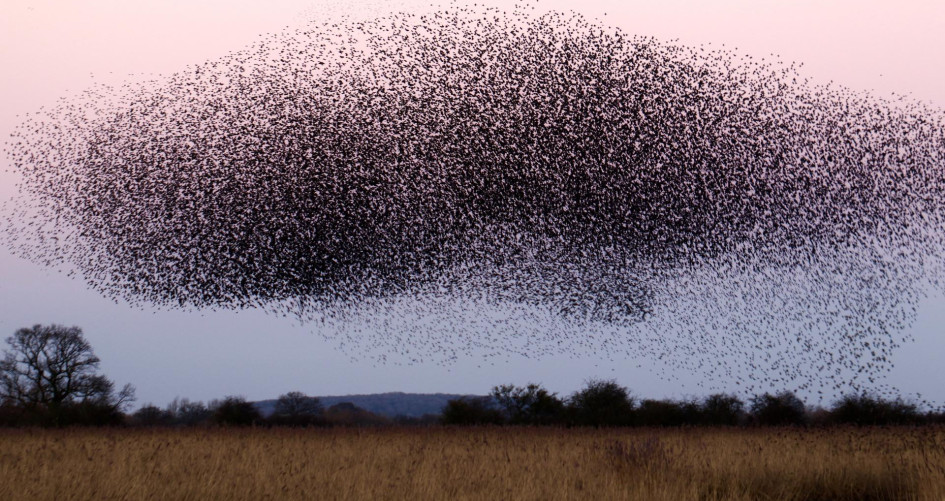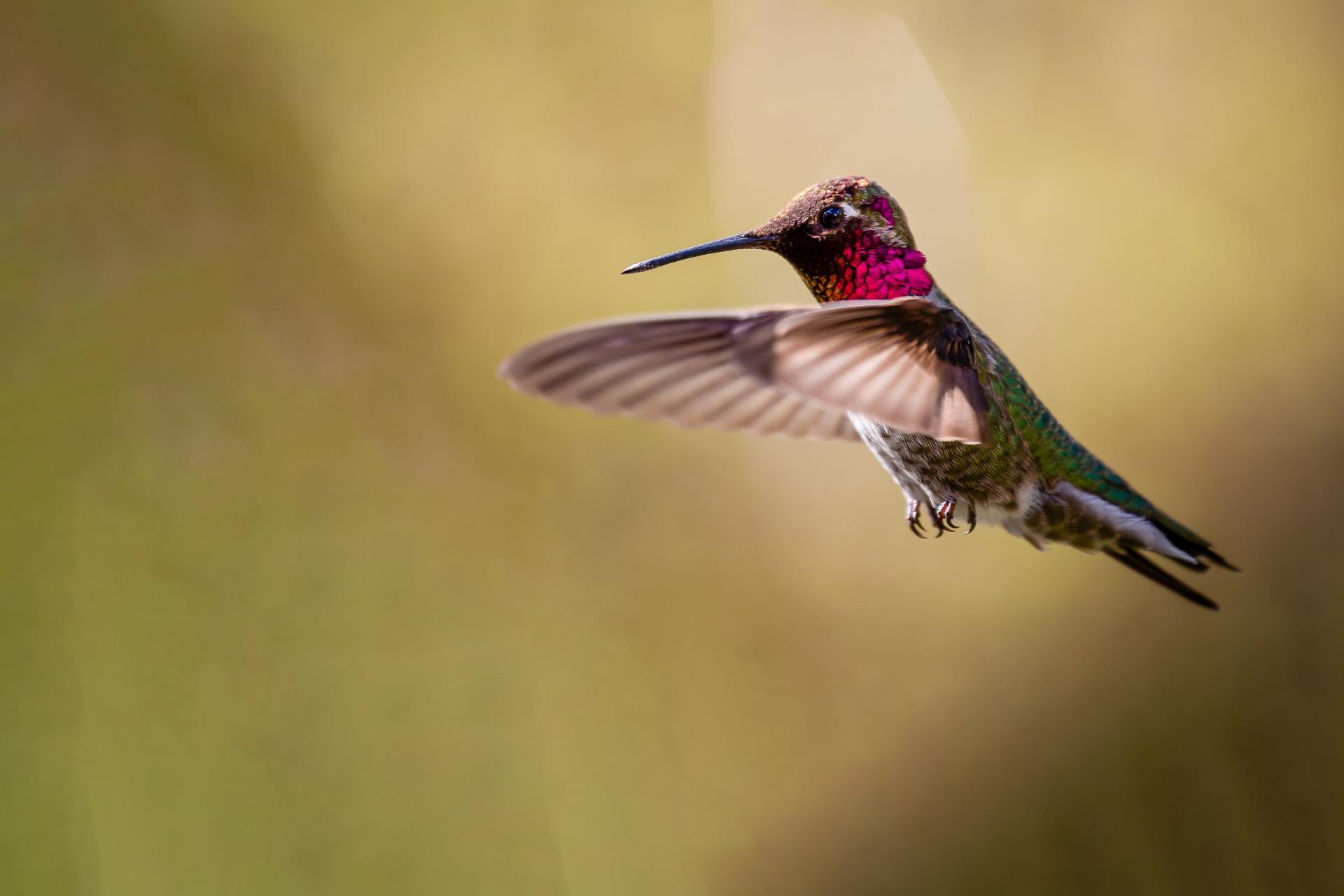Flocks of migrating birds are one of the most majestic sights in the natural world: a stunning testament to the endurance and intelligence of birds, who fly across the world twice a year to reach warmer climes.
About 20 per cent of all bird species (around 1,800) migrate every year, usually to warmer areas where food is more plentiful and days are longer. These journeys are long, dangerous and tiring. Indeed, migrating birds will grab short bursts of sleep – a few seconds in length – during their journey, a testament to how they have adapted to the process.
Size too, is no barrier to the continent-spanning flights. Consider the ruby-throated hummingbird (below), which weigh only as much as a penny, yet are able to fly 600 miles nonstop twice a year across the Gulf of Mexico from the US coast down to the Yucatan Peninsula in Mexico.
Tomorrow is World Migratory Bird Day, a day that highlights the need for the conservation of migratory birds and their habitats. Migratory birds are a clear example of nature in-sync. Migratory birds fly hundreds and thousands of kilometres to find the best ecological conditions and habitats for feeding, breeding and raising their young. However, when nature becomes unbalanced, due to climate change or pollution, migratory birds will change their migratory patterns.
The Convention on Migratory Species (CMS), also known as the Bonn Convention, is an environmental treaty of the United Nations that provides a global platform for the conservation and sustainable use of terrestrial, aquatic and avian migratory animals and their habitats.
Migratory birds have a number of important roles. “They are excellent biodiversity indicators, as they reflect the state of our environment,” CMS Executive Secretary Amy Fraenkel says. “By relying on different habitats and sites along their migratory routes, trends in their conservation status provide an indication of the state of the environment along entire flyways.” They also function as pest control, feeding on rodents and potentially harmful insects such as a caterpillars, weevils and cutworms. “Migratory birds perform important ecological regulating services,” says Fraenkel. “They have a vital role in dispersing seeds and pollinating flowers. For example, grassland birds rely on grasses as nesting habitats and help to maintain their preferred ecosystems. By dispersing grassland seeds, they act as gardeners of these ecosystems that also serve as a refuge for other wildlife.”
Climate change
Climate change is putting pressure on migratory species, threatening their habitats and playing havoc with the timing of their journeys.
“It is now widely known that the decline of many migratory species´ populations can be attributed to a combination of direct mortality from various causes and the indirect impact of habitat loss, pollution, migration barriers, and the disruption of their annual cycles,” Fraenkel says.
Another issue – highlighted in a recent UNEP Frontiers report – is how changing weather patterns are disturbing the flights of migratory birds. The chapter titled Phenology: Climate Change Is Shifting the Rhythm of Nature looks at how climate change is disrupting the life cycle patterns of plant and animal species, its consequences, and the need to address this issue by restoring ecological connectivity and biological diversity and most importantly, reducing greenhouse gas emissions.
The report points out that timing is critical in the natural world: “Birds’ chicks must be hatched when there is food to nourish them, pollinators must be active when their host plants flower, and snow hares must change their colour from white to brown as the snow disappears.”
Biodiversity loss
“Migratory species are experiencing more rapid rates of population decline than their resident counterparts,” says Fraenkel. “Migratory species depend on conditions in multiple areas, and on the phenology of these areas, which depends on climatic factors.”
“Another impact of climate change is the deterioration of the breeding, resting, wintering and stop-over conditions of the areas used by migratory species. As an example, wetland deterioration because of increased temperatures, fires in the permafrost and/or an increased frequency of coastal storms will deteriorate vital areas for migrants.”
Yet, it is not just climate change that is a threat to migratory birds, unsurprising, given the wide variety of habitats they rely on. “Migratory birds use different strategies to move, fly at different heights, need different types of food or habitats and suffer different human-related threats,” Fraenkel says. “Migratory birds´ top threats are the illegal killing and trapping, collision and electrocution with infrastructures, unsustainable hunting levels, pollution (including light pollution), the introduction of invasive and alien species, the destruction of their key habitat and on top of all these, the direct and indirect consequences of climate change,” she adds.
While human activities are resulting in the loss of biodiversity, which is in turn affecting migratory bird numbers, the effects of this on humanity are myriad. An ongoing decrease in migratory bird numbers would see the loss of agricultural pest control, and the resulting spread of disease; the extinction of many plant species and the knock-on effect that would have on our already fragile ecosystems. As with many aspects of the climate crisis, it is clear that concerted action is now needed to protect us from even more environmental damage.
Find out more about World Migratory Bird day here.

